Interview with James D. Livingston, Author of Arsenic and Clam Chowder
James D. Livingston’s professional career was in physics, first at GE and later at MIT, and most of his writings in the 20th century were in physics, including one popular-science book (Driving Force: The Natural Magic of Magnets, Harvard, 1996). As he gradually moved into retirement in the 21st century, he began to broaden his writing topics into American history, a long-time interest of his. His latest book in this genre is Arsenic and Clam Chowder: Murder in Gilded Age New York. This and his earlier books are described on his Author’s Guild website, http://www.jamesdlivingston.net/.
Q: Welcome to The Writer's Life, Jim. Can you tell us how long you’ve been writing professionally and how your journey led to writing your latest book, Arsenic and Clam Chowder: Murder in Gilded Age New York?
I’m a scientist, and have been writing science since the 1950s. However, my avocations included history and genealogy, and when doing Livingston genealogy over 30 years ago, I learned about Mary Alice Livingston, a black-sheep cousin who was tried for murdering her mother in 1890s New York. Black sheep are often more interesting than all those white ones, and I thought her story would make a great book. But I had no time to write about Mary Alice until recently, when I finally retired from science.
Q: I love your title…can you tell us why you chose it?
I think it’s memorable, reminiscent of the famous 1930s play and movie, Arsenic and Old Lace. And it describes the book very accurately, since it revolves about an alleged murder with arsenic-laced clam chowder. And almost everyone has eaten clam chowder.
Q: Why did you believe your book should be published?
The story fascinated me, which is my most reliable test of what might fascinate others. I think readers will be entertained by the central story of the murder and trial, made more aware of related social and legal issues, and informed about fascinating people and events in Gilded Age New York.
Q: Can you tell us the story behind your book cover? Did you choose it or did your publisher, SUNY Press, have full control? Were you happy with the decision or did you have something else in mind?
The publisher asked for suggestions, and a poison bottle was one of my suggestions. The cover was their choice, but I was very pleased with it. They chose a collection of old poison bottles, which visually suggest the 19th century, the period of the story. And the cover is dark and mysterious, appropriate for a book about murder.
Q: How have you approached marketing your book? Do you have someone doing it for you or have you had to do most of the marketing yourself?
The publisher, a university publisher in financial difficulty (like most), is doing a little marketing, but I am doing most myself, with the help of Pump Up Your Book for web marketing.
Q: What book on the market can it compare to? How is it different? What makes your book special?
Arsenic and Clam Chowder is closest to The Devil’s Gentleman by Harold Schechter, which is also centered on a poison murder trial in 1890s New York. But the story and characters in Arsenic and Clam Chowder are unique. That makes the book very special, as does the song written for it, “Who Put the Arsenic in Mrs. Bliss’s Chowder?” It is on YouTube.
Q: Open to a random page in your book. Can you tell us what is happening?
On page 5, Mary Alice orders clam chowder and lemon meringue pie from the restaurant of the Colonial Hotel, where she lives. She is alone in her room for a while, and the state would later allege that she then made some fatal additions to the hotel’s chowder. When her 10-year-old daughter Gracie later arrived at the apartment with a friend, Mary Alice asked the two girls to take the pie and the chowder to Gracie’s grandmother, who lived several blocks away. When they arrived, Gracie’s grandmother Evelina Bliss was very pleased to see the two little girls. She unwrapped the pie and put it on a plate, and poured the clam chowder from the pail into a pitcher in her kitchen. When the girls returned to the Colonial Hotel with the empty pail, Mary Alice said to Gracie, “I hope you didn’t eat any of it.” “No, Ma,” replied Gracie. But Gracie’s grandmother did, an act that she would very soon regret. (She dies, a few hours later, on page 6.)
Q: Do you plan subsequent books?
My next book, Rising Force, is a return to my scientific roots and will be published by Harvard in 2011. It’s a popular-science treatment of magnetic levitation, an uplifting topic.
Q: Thank you for your interview, Jim. Would you like to tell my readers where they can find you on the web and how everyone can buy your book?
My Author’s Guild website, http://www.jamesdlivingston.net/, provides a link to buy the book at Amazon.com. Amazon offers both a discounted hardcover version ($13.57) and a even less expensive Kindle version ($9.99). Readers can of course also buy Arsenic and Clam Chowder through Barnes and Noble, Borders, or other booksellers.
























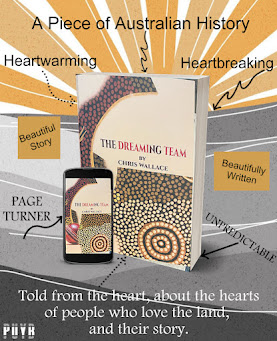





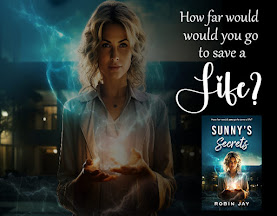

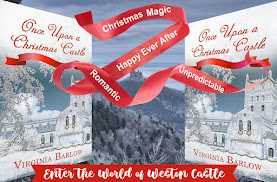


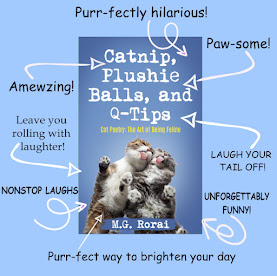





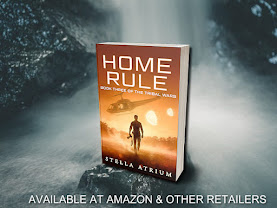




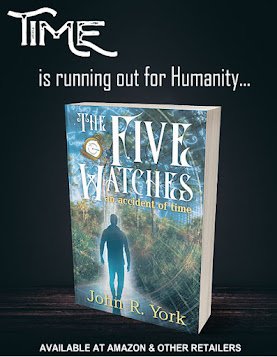










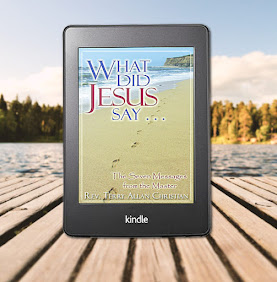






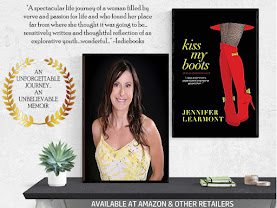


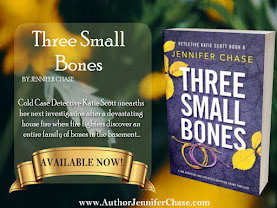

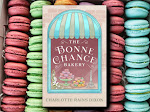
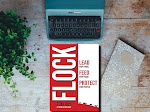


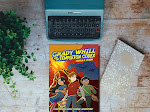



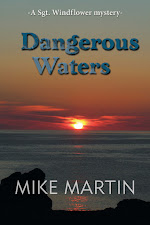



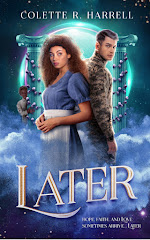
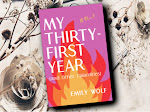






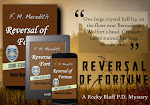









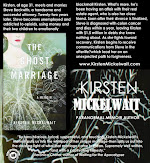

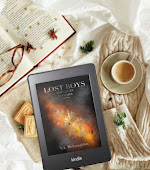




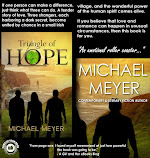
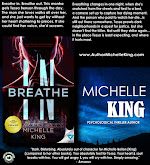
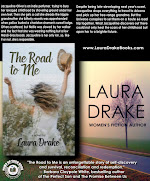


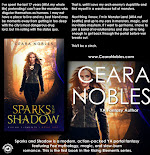
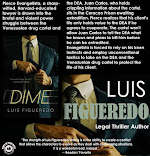




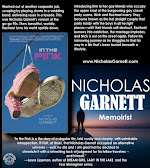


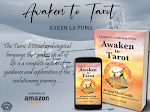
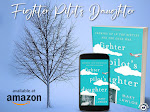





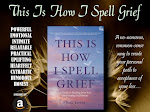
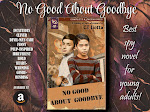


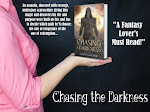
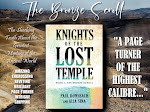


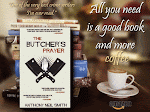


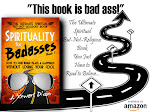

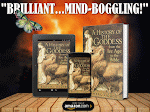

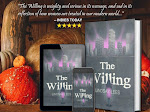
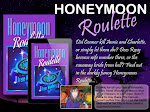
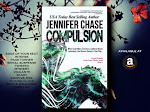
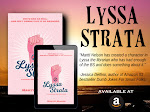
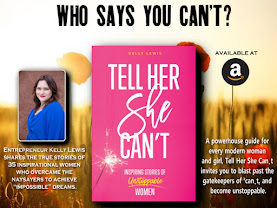














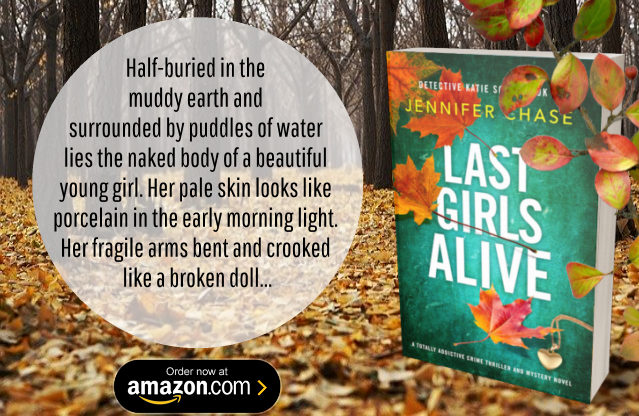
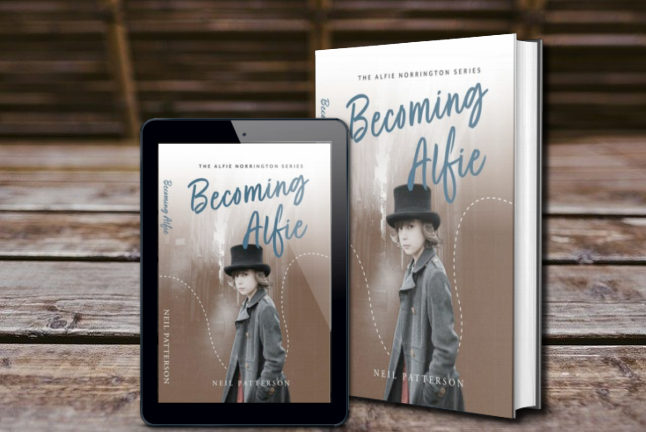


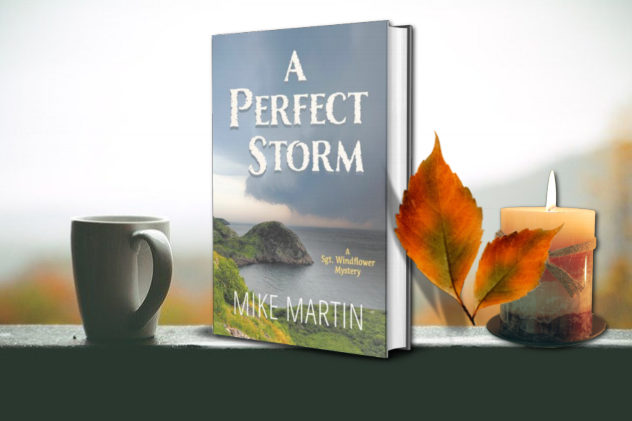
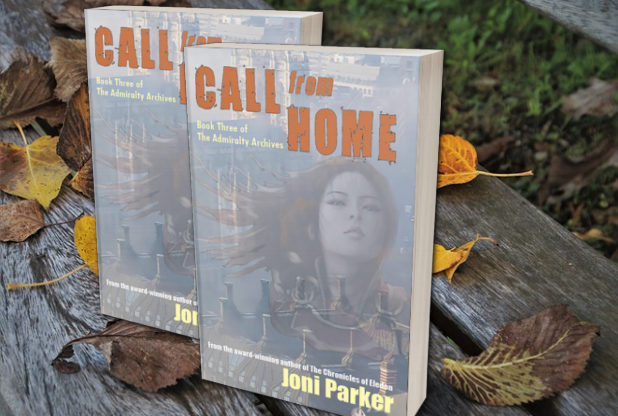
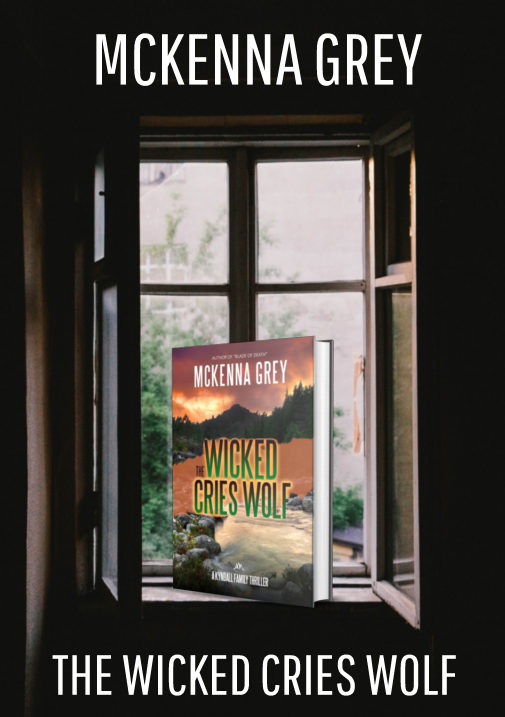


Thanks for sharing the great interview, Cheryl! I like the title, and it sounds like a fascinating book.
ReplyDelete